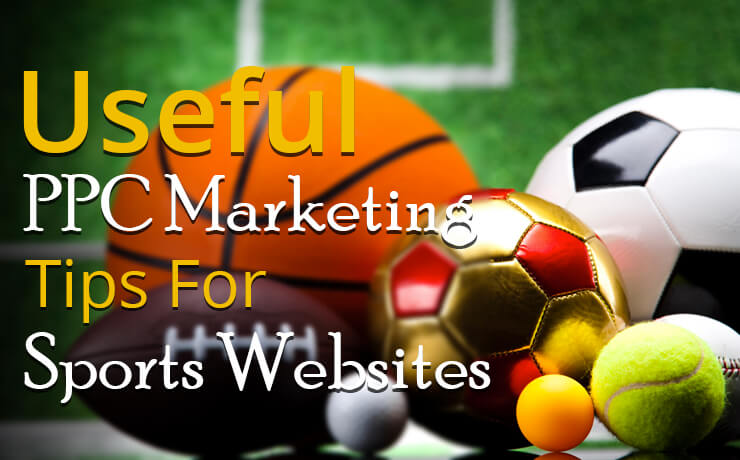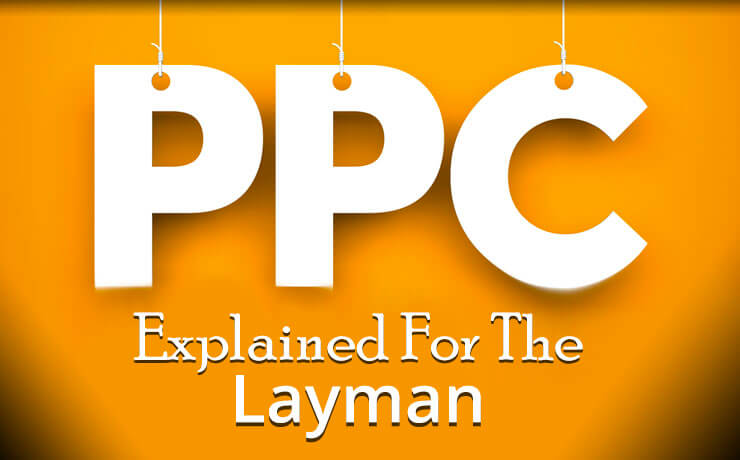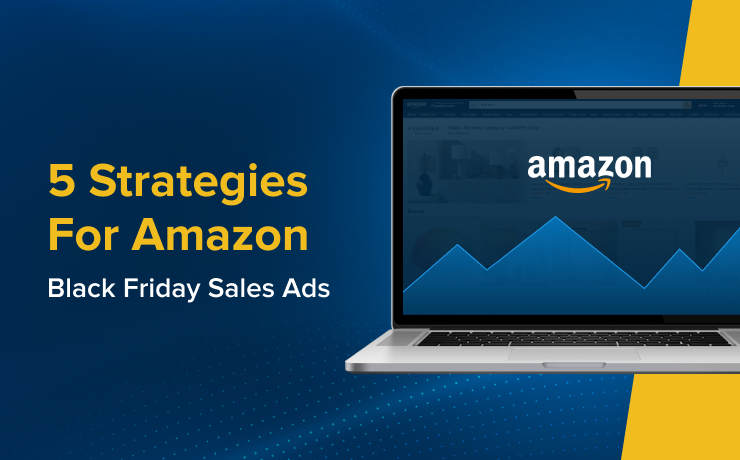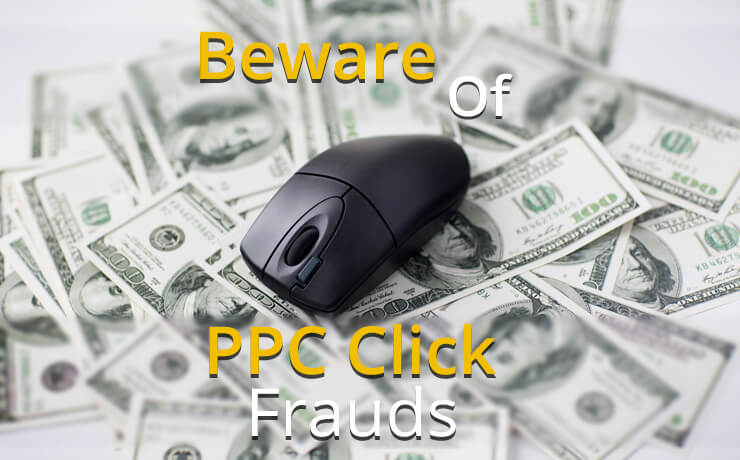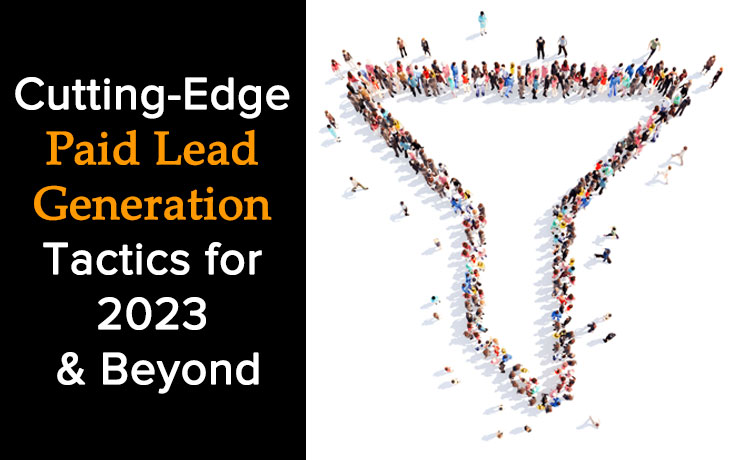
Tactics for generating leads for your business through digital ads were straightforward in the past. It was simple: launch a campaign on Google Ads, and you’d be set — receiving dozens of calls, contact form entries, and live chat submissions, enough to keep your team busy and the business growing. However, it’s not as straightforward now. Over recent years, Google Ads has become increasingly competitive and costly, making it challenging to generate ample leads with this strategy alone. Google has also shifted its platform, emphasizing automation while reducing advertiser control. As the online lead generation landscape has evolved, so have the strategies, introducing new ways for businesses to seize opportunities and generate leads on a larger scale.
Utilize Automation With Guard Rails
The first strategy is a key point inside of your Google Ads account, which is to utilize automation with guard rails. If you’ve listened to anything from Google in the past few years, automation is the future and control is a thing of the past. This makes it tough for marketing agencies or anybody advertising as some things that were easy to optimize in the past are now out of their control or completely hidden. Well, the good news is that you can utilize automation in your accounts with guard rails, giving it some ability to expand your campaigns without taking over full control.
Our agency’s goal is to utilize automation but only after significant testing and guard rails. They may come in the form of Bid Strategy Experiments, Ad Copy Creation, and new campaign types. When it comes to Bid Strategy, if you choose a fully automated strategy, you have no control over the Cost per Click of your ads. We have personally seen companies with very low margins, spending $50-60 on one click because Google’s Machine Learning, claimed there was a high chance for conversion. Unfortunately, if they don’t convert, you just spent $60 when the average CPC might be $5-10. One instance of this may be fine, but multiple instances can eat up your whole budget quickly. Instead of moving everything over to Maximize Conversions for example, you can set bid strategy experiments to test a more manual (controlled) strategy against Google’s automated bidding to determine which converts more efficiently and cheaper. You can also try Maximize Conversions with a Max CPC parameter on the account to prevent any huge Costs per Click that make it tough to be profitable. This way, you can enable automation with your bids, but still retain some control.
We also recommend taking back some control when it comes to ad copy by pinning headlines and descriptions and testing multiple ads against each other, with multiple expanded text ads. This used to be the main way to experiment with ads, but Google has moved away from this in the recent years. The platform moved everything to responsive ads only. Google has also made it standard to automate the creation of Ad Extensions. That’s why we generally encourage our team to leave this off, especially if the client has very specific copy that they are allowed to use in their ads. Google can go outside of these parameters and create copy that is not ideal for our business.
Last but not least, when it comes to lead gen and automation, we recommend holding off on moving everything to one of the newer campaign types: PMAX. Although we have achieved some success for lead generation companies with PMAX, it is still considered a black box with no search terms being shown. Therefore, it’s hard to tell if the Conversions it is generating are qualified leads. We recommend experimenting with PMAX alongside of your search campaigns with a small budget. Do not pause search in favor of PMAX for lead generation campaigns yet (even if we have to in the near future).
Be On The Lookout For Cheaper Advertising Platforms
As mentioned earlier, Google is getting increasingly competitive and expensive. Many studies show that CPC has been rising pretty significantly in the past few years and our own clients are seeing this pretty consistently across their accounts. CPCs that used to cost $3 are now costing $5 to $6, and sometimes even higher. It’s tougher to get the same bang for your buck as you used to. Below, we will list some cheaper alternatives that you can use in conjunction with your Google Ads account.
Google Local Services have been instrumental in the success for many of our lead generation clients in the past few years. More companies are now eligible to test these out. In the screenshot, you can see an example of Google Local Service Ads (Google Guaranteed) actually showing above standard Google Search Ads, so you can show higher on the page with this type of campaign.
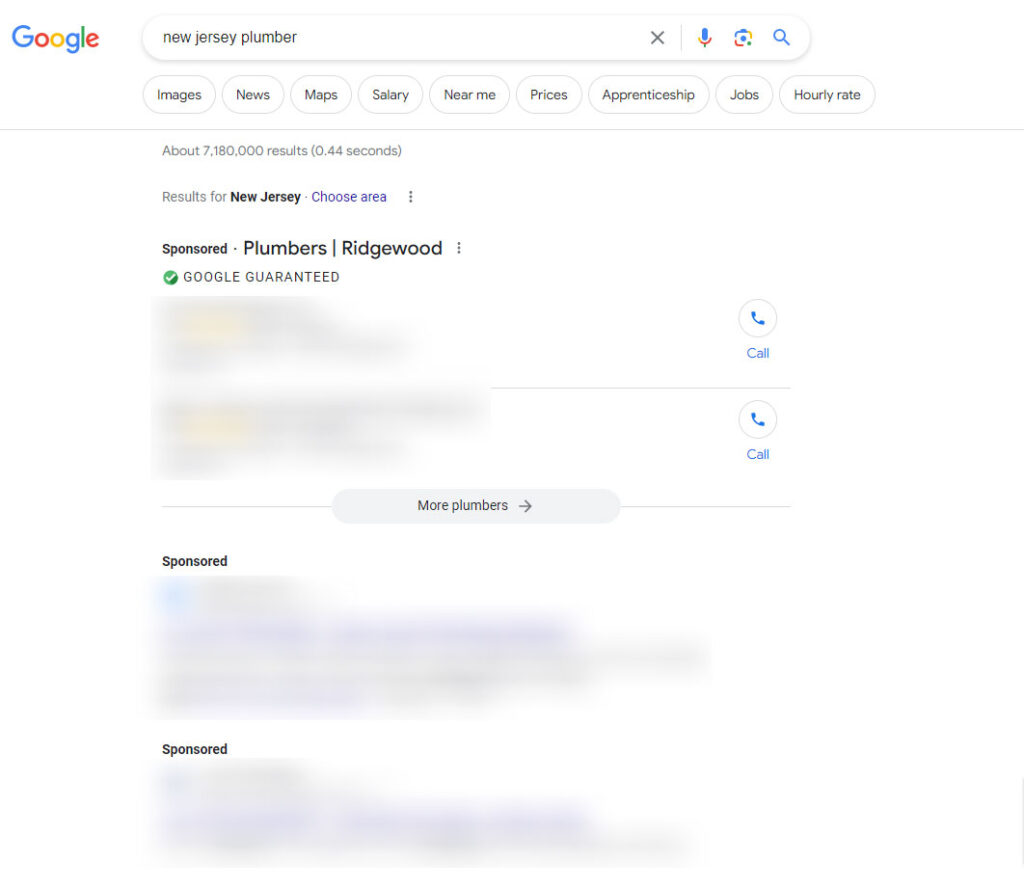
The awesome part about these types of campaigns is that they are generally cheaper than Google Ads (at least for now), and you pay per lead instead of per click! Google Local Services is slightly more challenging to get started with, as you need to submit business documents for verification and might need to undergo background checks. But as of now, it’s a more affordable alternative to Google Ads, and many of our clients have seen significant success with it. More businesses become eligible for these ads every day, so we suggest trying them for any lead generation endeavor!
Bing/Microsoft Ads have recently been an avenue where we’ve observed success, especially for lead generation businesses. They’ve become a valuable addition to the marketing mix for many of our clients. Although the volume is typically much lower than Google Ads, Microsoft Ads can still play a crucial role in your marketing plan. However, like LSAs, they serve more as a supplemental method for generating leads rather than the primary strategy. Despite the lower volume, many of our clients in the home service industries and law firms have found success due to the lower CPCs, allowing them to generate leads at a reduced cost. Microsoft has introduced several innovative features to aid advertisers in expanding their campaigns, including integrations with Chat GPT and LinkedIn Audiences, to name a few. From our observations, Microsoft continually seeks ways to enhance their platform and the efficacy of their advertising. Hence, they should be considered in any lead generation strategy for 2023 and beyond.
Target Users In The Entire Marketing Funnel
The marketing funnel represents the entire journey a user undertakes when deciding on a product or service. It encompasses multiple stages, beginning with Awareness, transitioning to Consideration, then to Conversion, and finally, Loyalty. In the realm of lead generation, many companies prioritize immediate results, often overlooking the value of awareness. Their primary focus is on acquiring leads and closing deals. However, in today’s fiercely competitive digital landscape, the scenario where someone searches for “carpet cleaner” and instantly clicks and calls a service has become less frequent than before.
Today, individuals have a world of information quite literally at their fingertips. With advertisements populating their search engines, favorite websites, YouTube channels, streaming shows, and more, they can identify and select a company for a service or product almost instantaneously. For instance, if someone searches for a carpet cleaning company on Google, their initial inquiry might trigger a cascade of retargeting efforts. They could encounter related videos on platforms like YouTube, Facebook, Instagram, etc., meaning a single search could yield hundreds of ad encounters.
To maintain a competitive edge, businesses need to do more than just bid on terms like “carpet cleaning” in a Google Search campaign. It’s crucial to remain visible to potential clients, or they’ll gravitate to a competitor. This underscores the importance of generating brand awareness and reaching out to users through cost-effective channels like YouTube and display ads, especially for those running lead generation campaigns in 2023 and beyond. These channels can be viewed as the digital equivalents of traditional billboards but at a fraction of the cost. By fostering brand awareness proactively, you increase the likelihood that when potential customers are ready to engage, they’ll come directly to you rather than sifting through Google search results. Ensuring that you engage prospects throughout the entire purchasing journey or marketing funnel is essential for businesses aspiring to stay ahead in the 2023 digital advertising landscape.
Over recent months and years, the digital advertising landscape has undergone significant changes. These shifts directly impact the campaigns and operations of lead generation companies. The challenges aren’t just about increasing costs and heightened competition; many advertising platforms are transitioning from user control to more automated systems. To remain competitive in 2023 and beyond, companies that rely on online advertising for lead generation must recalibrate their tactics and overarching strategies. Those that adapt and innovate will likely see their businesses flourish, while others that remain stagnant may struggle to keep pace with competitors.Should you seek deeper insights on bolstering your e-commerce PPC efforts and propelling your business growth in 2023 and beyond, SmartSites is here to assist! Leveraging our extensive experience in digital advertising and omni-channel strategic planning, we pinpoint the ideal solutions to drive your business growth. Schedule a free discovery meeting today to explore how we can serve you!
 Free
Consultation
Free
Consultation Free
Google Ads Audit
Free
Google Ads Audit

